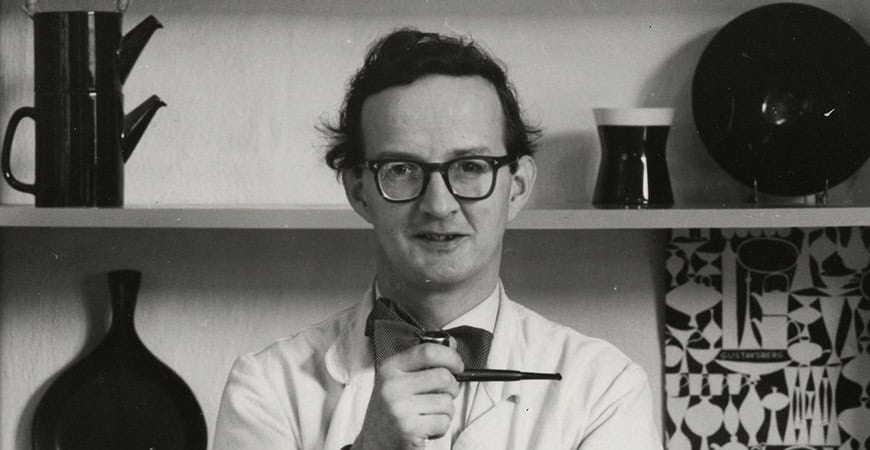
Stig Lindberg
Stig Lindberg (1916–1982) was one of Sweden’s most prolific and versatile designers of the twentieth century. His work spanned ceramics, glass, industrial design, illustration, and textiles, and he is especially celebrated for his long association with the Gustavsberg porcelain factory. Lindberg played a central role in defining postwar Swedish design through his playful, imaginative, and often whimsical aesthetic.
Born in Umeå, Sweden, Lindberg studied at the Konstfack (University College of Arts, Crafts and Design) in Stockholm. In 1937, he began working at Gustavsberg under the influential designer Wilhelm Kåge. By 1949, he succeeded Kåge as the artistic director of Gustavsberg and remained a vital figure at the company until the early 1980s. Lindberg’s ceramics ranged from everyday tableware to unique studio pieces, often combining traditional forms with abstract decoration, humorous motifs, and modernist patterns.
Among his most iconic works are the "Berså" and "Spisa Ribb" tableware series, known for their graphic foliage and stripes, respectively. His one-of-a-kind stoneware sculptures and vases also gained international acclaim. Lindberg’s design vocabulary was rooted in fantasy and play, making him distinct from many of his more sober modernist peers.
In addition to ceramics, Lindberg worked extensively in textile design for the Swedish firm NK (Nordiska Kompaniet), creating bold, colorful patterns that contributed to the rise of modern Swedish textiles in the 1950s and 60s. His fabrics often featured organic shapes, stylized figures, and imaginative motifs. He also designed glassware for Kosta Boda and electronic products such as radios and televisions for the company Luma, applying his distinctive graphic sensibility to industrial design.
Lindberg's work was frequently exhibited both in Sweden and abroad. He participated in the Triennale di Milanomultiple times, where he received awards in 1948, 1951, and 1954. His work was also shown at the Nationalmuseum in Stockholm, the Röhsska Museum in Gothenburg, and international institutions such as the Victoria and Albert Museum in London and the Museum of Modern Art in New York. In 1957, his solo exhibition at Galerie Steph Simon in Paris introduced his more sculptural and artistic ceramics to a wider European audience.
In 1957, he was awarded the Prince Eugen Medal, one of Sweden’s highest honors for artistic achievement. He also received numerous international distinctions throughout his career, including medals at world exhibitions and design fairs.
Lindberg taught design at Konstfack from 1947 to 1957, nurturing a generation of Swedish designers. In the 1970s, he moved temporarily to Italy, where he led the design studio at the ceramics firm Bitossi.
Stig Lindberg passed away in 1982 in San Felice Circeo, Italy. Today, his work is highly sought after by collectors and museums alike. His legacy is that of a visionary who merged utility and fantasy, leaving behind a vast and joyful body of work that continues to influence contemporary designers across disciplines.
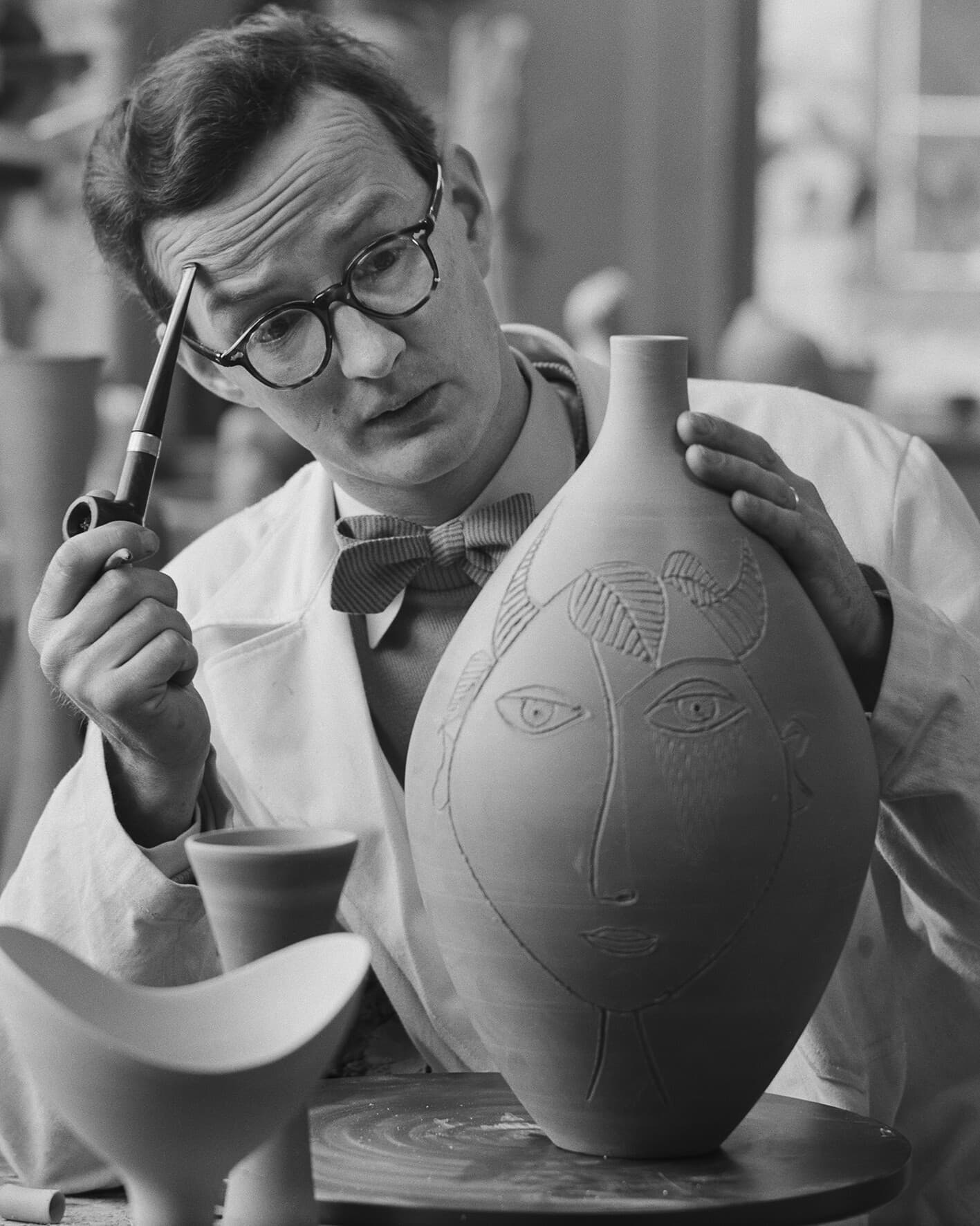
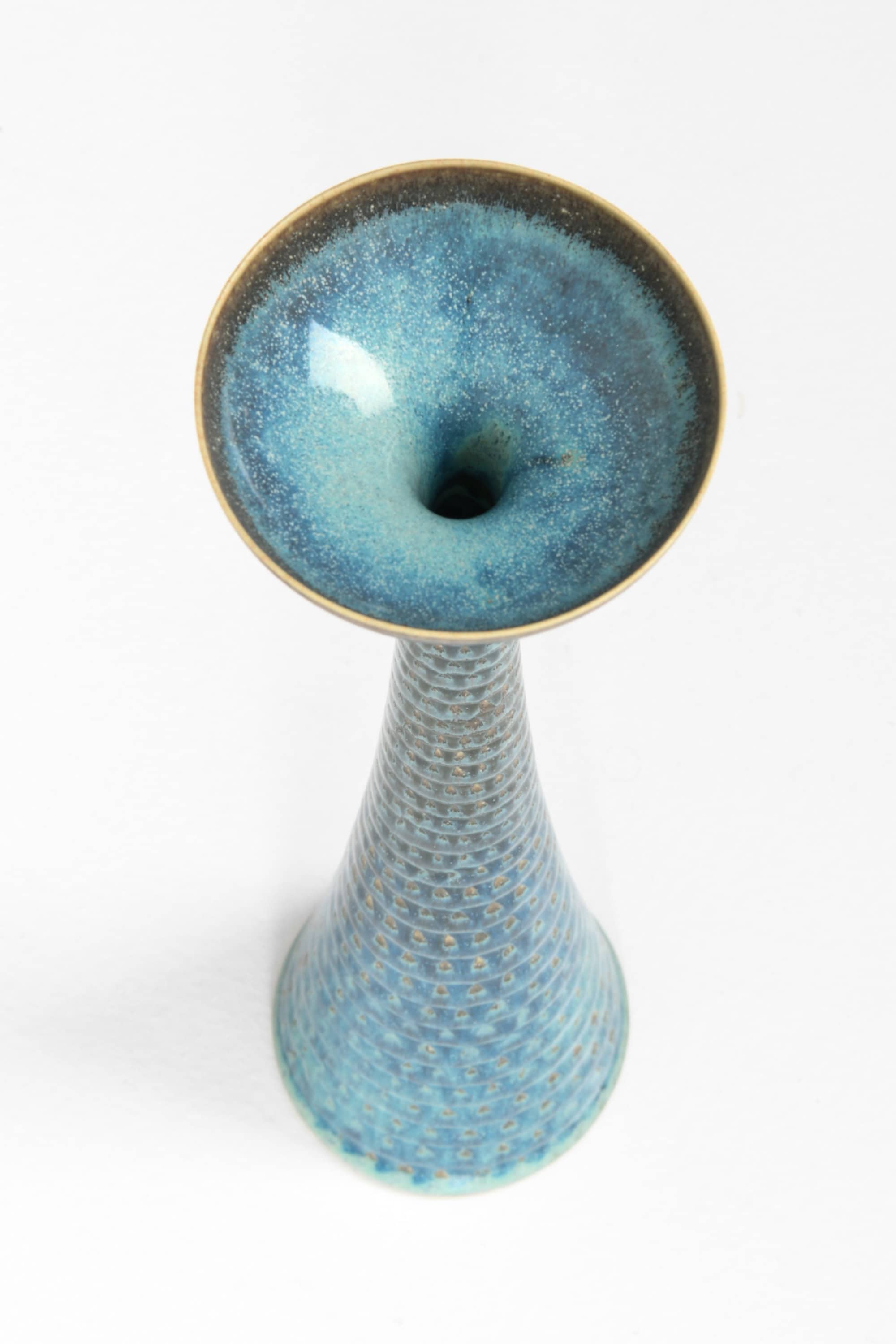
Stig Lindberg vase
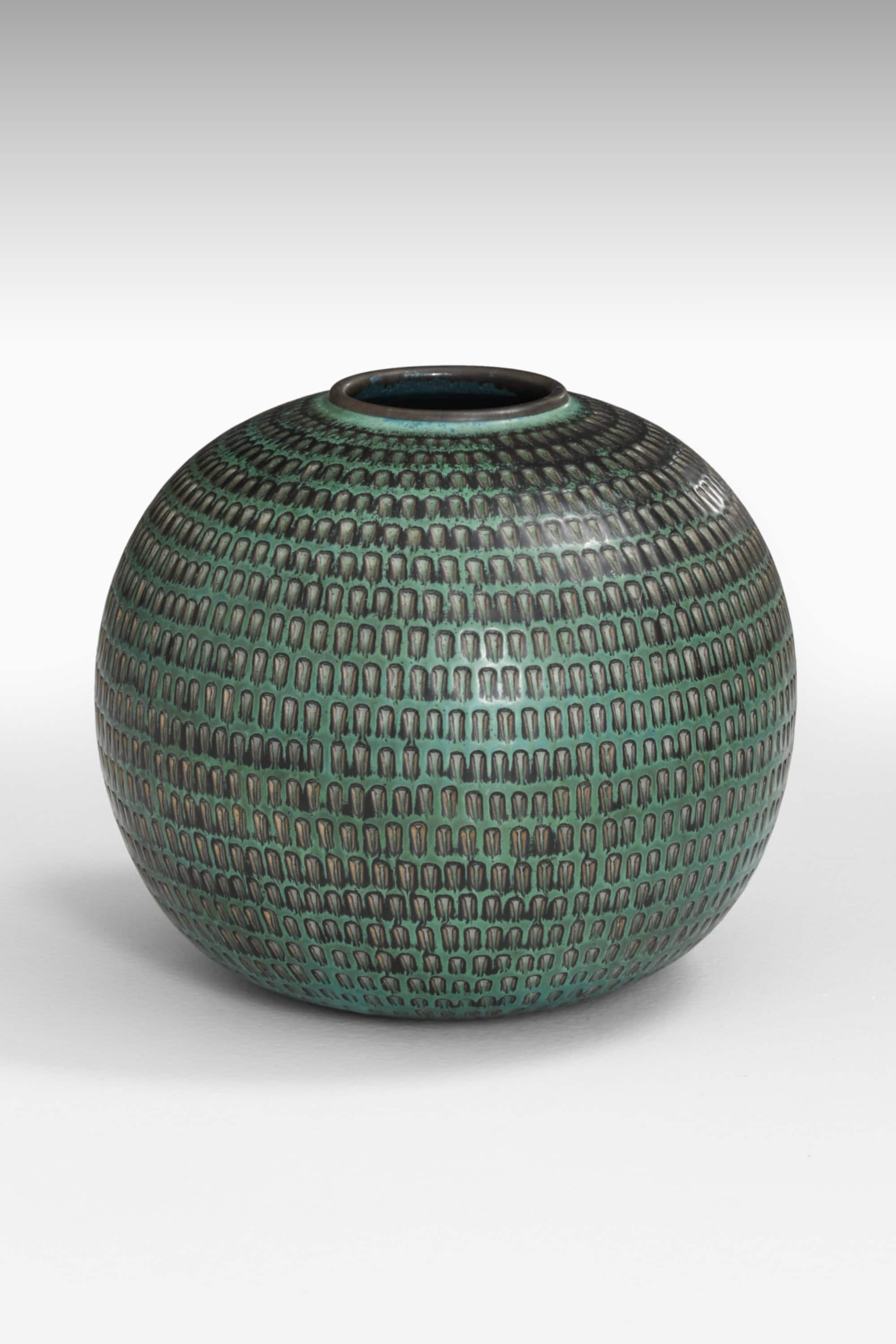
Stig Lindberg vase

Stig Lindberg tapestry
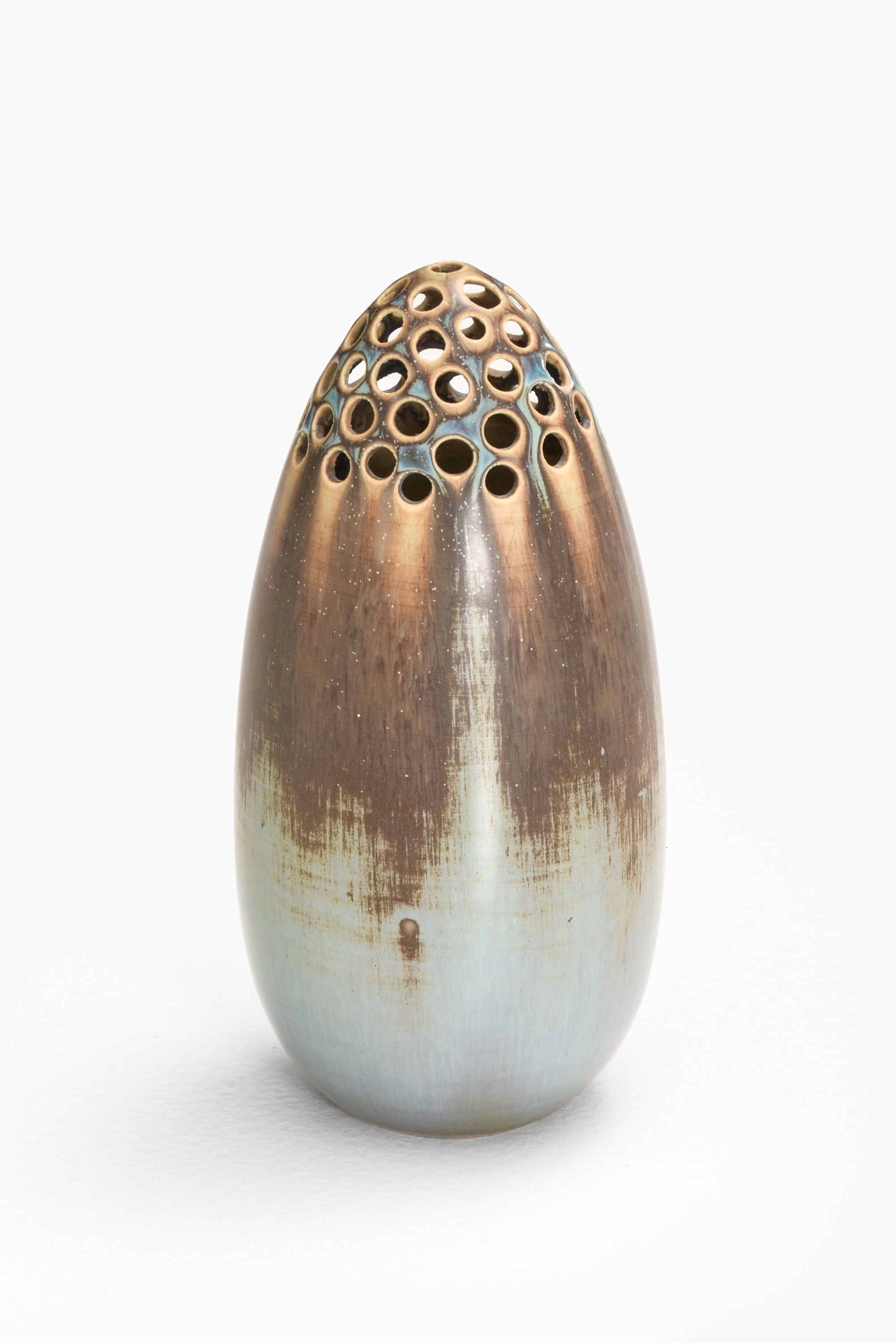
Stig Lindberg vase

Stig Lindberg vase

Stig Lindberg vase

Stig Lindberg vase

Stig Lindberg table lamp

Stig Lindberg bowl
